What if Star Wars had been Steampunk?
Discover a steam-driven Star Wars universe, brimming with brass contraptions and Victorian intrigue—where epic heroism meets clockwork wonders in a timeless clash of good vs. evil.

Picture a bustling Victorian port. Towering smokestacks dominate the skyline, and massive airships belch steam into the murky twilight. A young man named Luke, grimy from hours tending boiler gauges, gazes skyward with hope for a better tomorrow.
Instead of laser blasters and computerized screens, everything runs on clockwork contraptions and steam-powered marvels. In broad strokes, this description is how the Star Wars saga might look if it had unfolded in a steampunk universe.
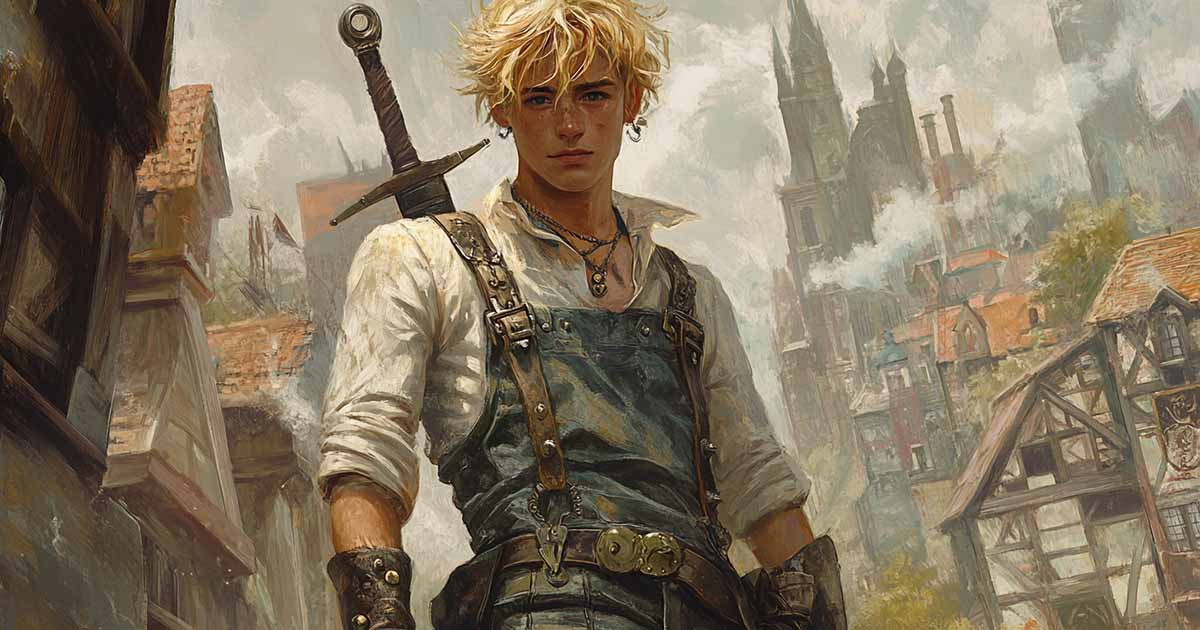
A New Take on a Classic Galaxy
Steampunk, at its core, is a science fiction subgenre that blends the aesthetics and technological trappings of the Victorian era with fantastical or futuristic elements. Steam-powered engines, gear-driven automatons, and a dash of historical class structures form its backbone.
Instead of hyperdrives, steampunk relies on boilers, pistons, and intricate mechanical devices.
So, what would it be like if we applied these motifs to Star Wars? We keep its heart intact —a grand conflict between good and evil— while reimagining its visual palette, social hierarchy, and underlying moral themes through the lens of a steam-driven society.
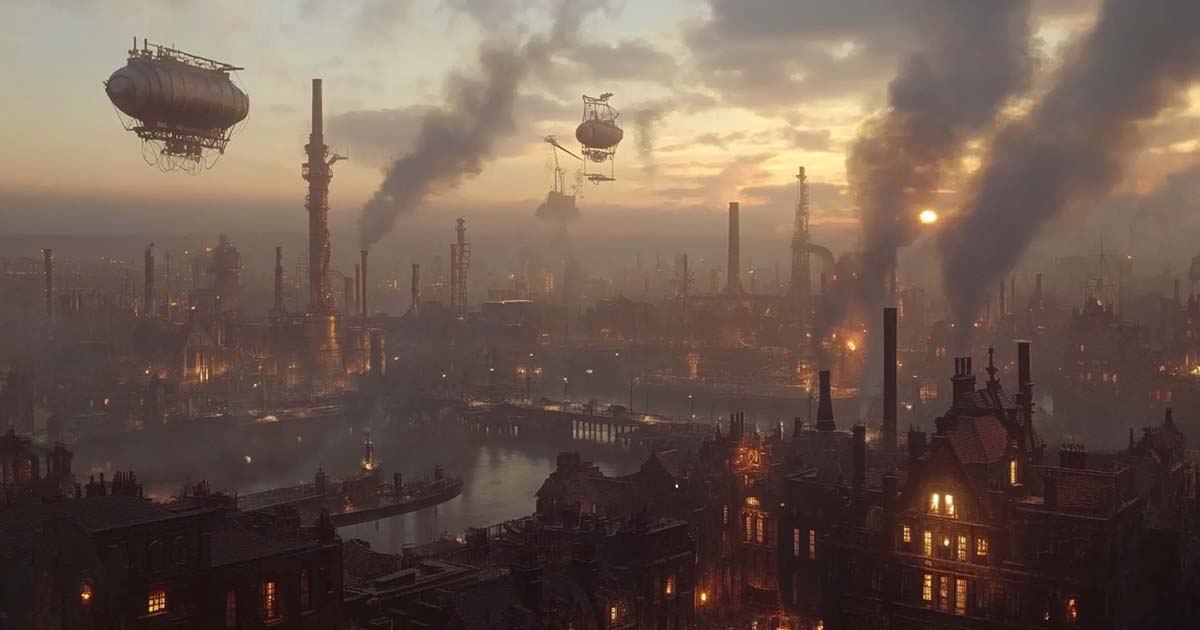
Defining Steampunk — Brass and Grit
In most steampunk stories, readers encounter sprawling cobblestone streets, swirling industrial smoke, and a sense that invention can solve nearly any problem.
Machines hiss and clang, making technology tangible and hands-on rather than sleek and silent. There is a certain romance in the gear-laden contraptions and top-hatted adventurers roaming airship corridors.
While the Victorian ethos can differ from story to story, steampunk's emphasis on mechanical ingenuity provides a refreshing twist on science fiction's usual polished, space-age look. It also offers a stage for reflecting on the social and ethical consequences of technology's march forward.
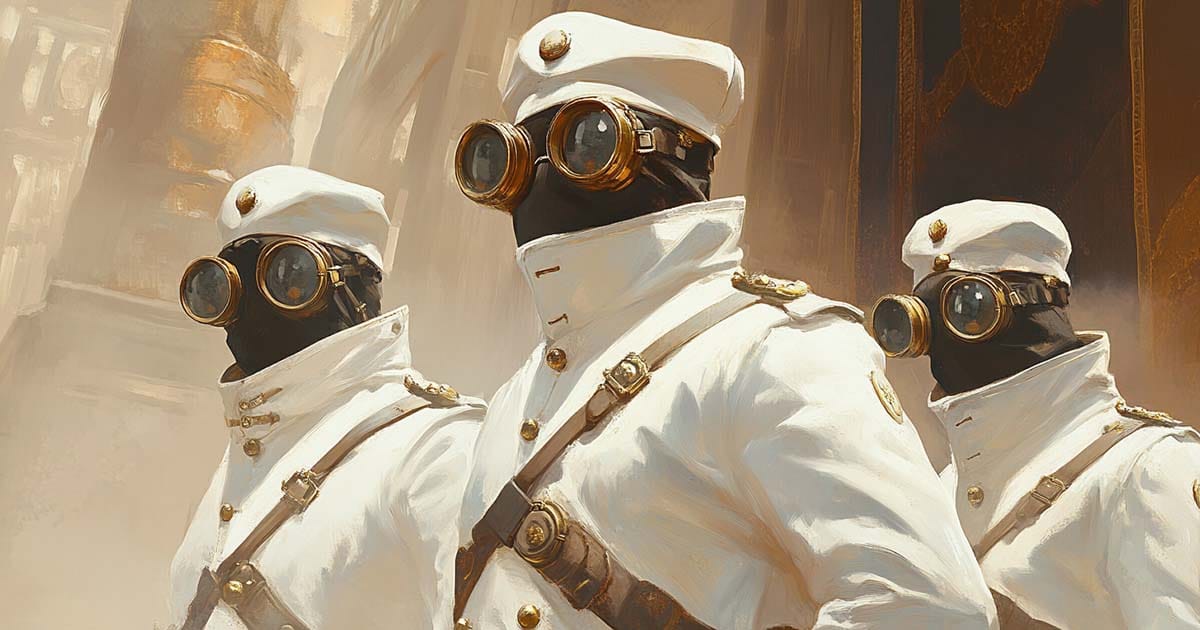
Reimagining the Star Wars Saga
Had George Lucas originally conceived Star Wars as a steampunk tale, the saga might have unfolded not in a galaxy far, far away, but in an alternate Victorian empire.
Tatooine could be a desert colony populated with whirling windmills and elaborate mining rigs powered by burping steam engines.
Instead of a tractor beam, the Death Star —a colossal fortress— might employ massive coal-fired turbines to project energy barriers. Lightsabers would remain elegant weapons, but they would rely on pressurized steam canisters instead of mystical kyber crystals.
Meanwhile, droids like R2-D2 and C-3PO would be recast as clanking brass automatons with sturdy gearboxes, squeaking as they moved across dusty courtyards.
Impact One: Transforming the Story's Aesthetic
Steampunk Star Wars would look and feel strikingly different from what we know. Gone are sleek starfighters and chrome corridors, replaced by labyrinthine halls lit by gas lamps, with pressure gauges hissing in the shadows.
Costumes would draw on Victorian tailoring; Luke's farmboy garb might become overalls with riveted knee pads, while Princess Leia could don a high-collared dress lined with hidden pockets for gadgets.
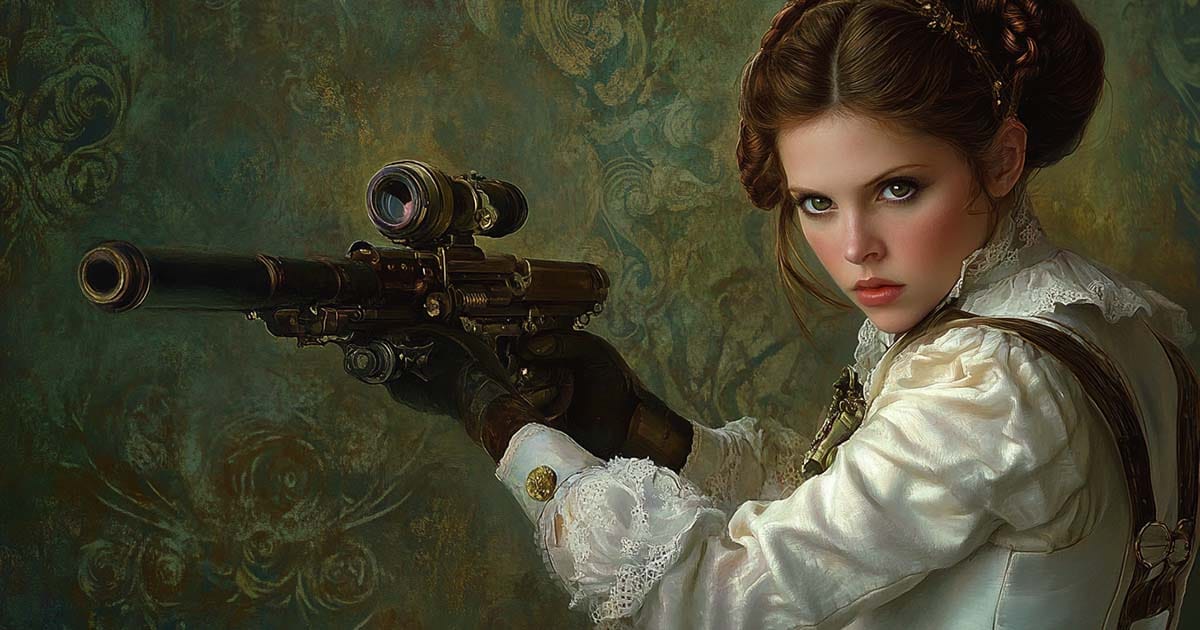
The clash between the Rebel Alliance and the Empire might center on access to crucial steam-manufacturing processes or coal reserves, sharpening the story's focus on resource control and the cost of industrial progress.
Impact Two: Shifting Social Structures
In a steampunk Star Wars, class distinctions could become even more prominent. The Empire might stand as a ruthless aristocracy, bolstered by advanced steam-powered war machines and heavily policed factory towns.
Ordinary citizens, viewed as cogs in a vast imperial system, would share a common desire to break free from the choking smog of industrial oppression.
This focus on hierarchy would reinforce themes of personal faith, communal duty, and the moral imperative to fight tyranny —values not unfamiliar to many fans raised on both classic science fiction and traditional American ideals. Characters might put their faith in God to guide them, believing that righteousness can prevail, even in a world fueled by the endless churn of machinery.
Impact Three: Deepening the Ethical and Spiritual Dimensions
Star Wars has always carried moral weight—light versus dark, freedom versus oppression. Transplanting these struggles into a Victorian-era setting dominated by steam would highlight the ethical questions raised by aggressive industrialization.
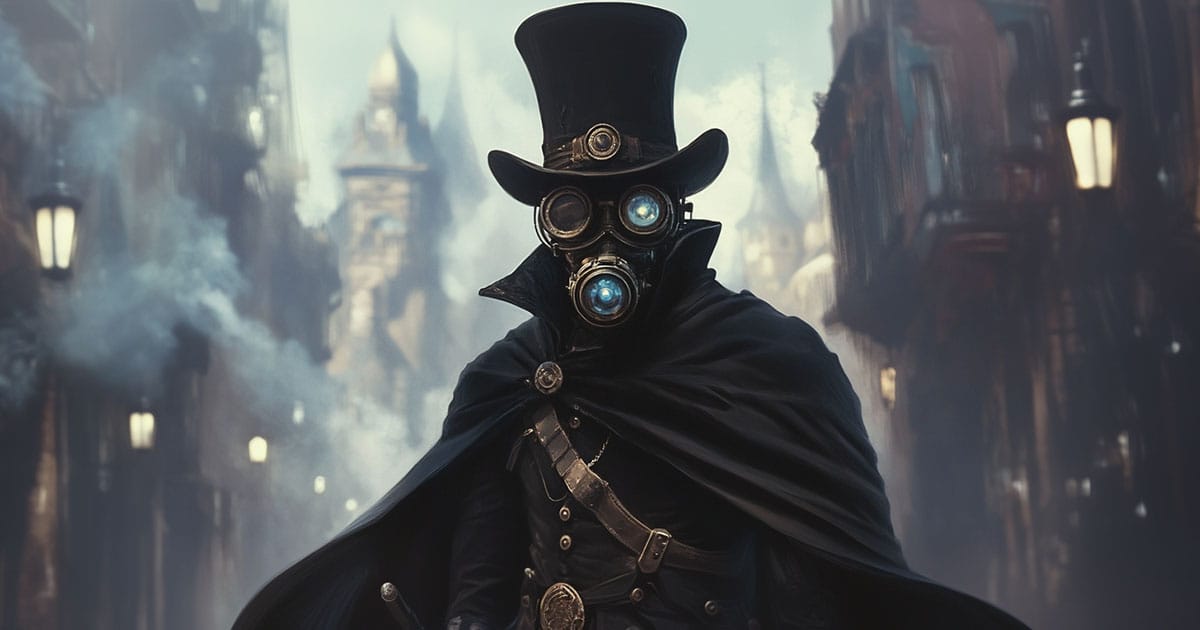
How far should invention go before it robs a man of his humanity? Would the Force be interpreted through a lens of natural law, pitting the raw might of man-made technology against a higher spiritual calling?
In this alternate story, viewers would see the Force as less about midichlorians and more about spiritual equilibrium, reminding us that faith often transcends scientific boundaries.
This reflection on technological ambition, guided by a moral compass, could reemphasize Star Wars' enduring theme that true power stems from virtue, not brute force.
Preserving the Heart of the Saga
Even in a steampunk world, the essential threads of Star Wars remain. Luke Skywalker remains an idealistic youth with a destiny beyond the steam farms of Tatooine.
Darth Vader, clad in black iron and fueled by an eerie mechanical respirator, symbolizes a potent blend of man's hubris and the lurking dangers of harnessing technology for evil.
Obi-Wan Kenobi, the wise mentor, is perhaps a retired watchmaker or engineer whose mastery of clockwork intricacies doubles as a bridge to understanding the Force.
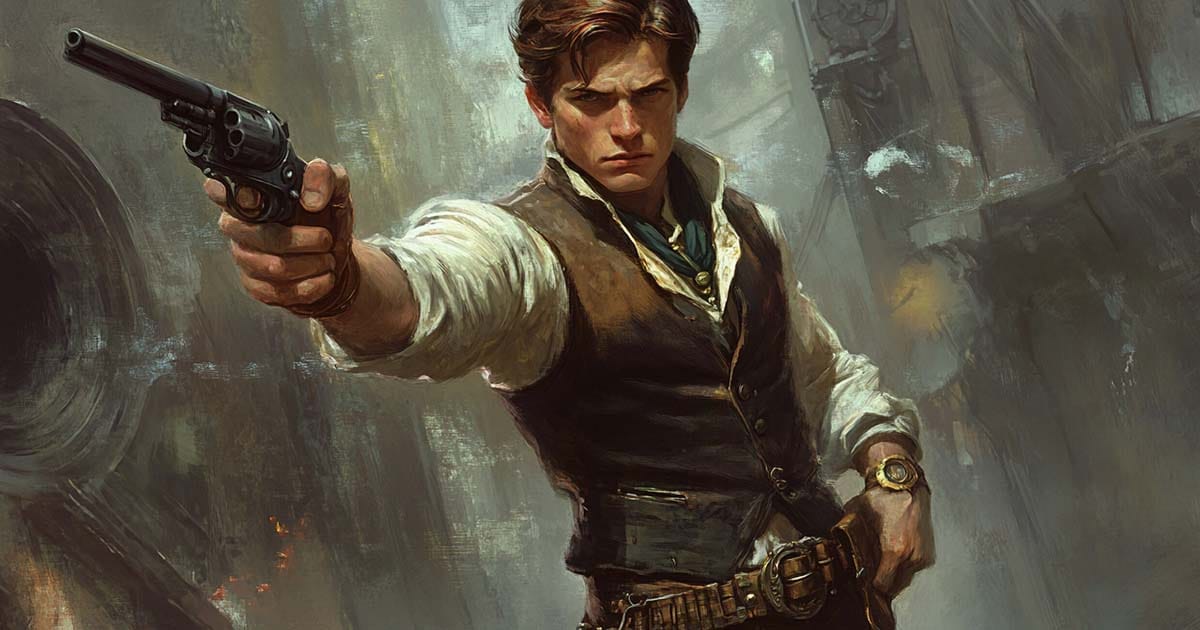
And Han Solo? He might be a roguish airship captain, flashing a playful grin as he insists his vessel can make the Kessel Run in under a fortnight.
A Classic Story, Timeless Values
Steampunk Star Wars, in many ways, would reinforce the same classic values long held dear by fans. Faith, heroism, loyalty, and personal responsibility would ground the narrative, even if the characters are tinkering with steam valves instead of hacking into a battle station's mainframe.
The ideals central to the original trilogy —sacrifice for the greater good, belief in something higher, and the hope that good can triumph over evil— would all find new life under a veneer of brass gears and swirling smog. Such a reinterpretation reminds us that, no matter the set dressing, a truly enduring story rests on the moral underpinnings that speak to the heart.
Concluding Thoughts
By drifting into steampunk territory, Star Wars could present a version of the saga that merges Victorian innovation, gritty industrial settings, and timeless truths about the nature of good and evil. Emphasizing mechanical wonder and elaborate social hierarchy, this alternate "galaxy" would still celebrate resilience, faith, and hope in the face of tyranny.
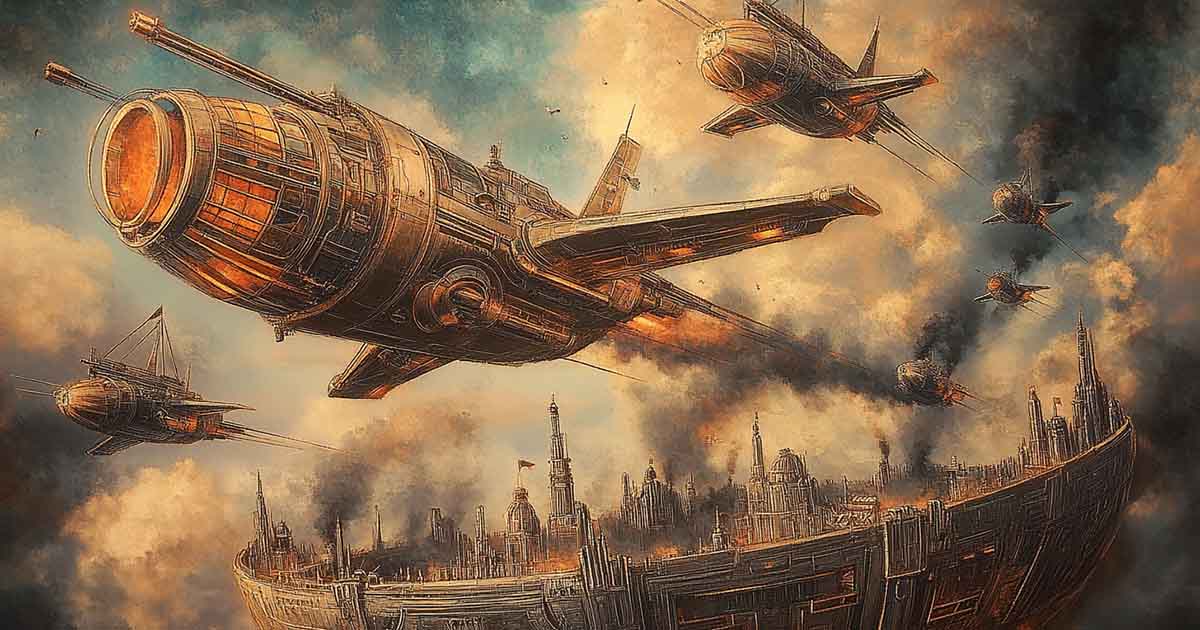
The result: a fresh, visually enchanting perspective on a story that has already inspired generations. In its new steam-powered form, Star Wars would remind us that what truly endures are not the gizmos and gadgets we invent, but the convictions we hold and the courage we show in defending them.

